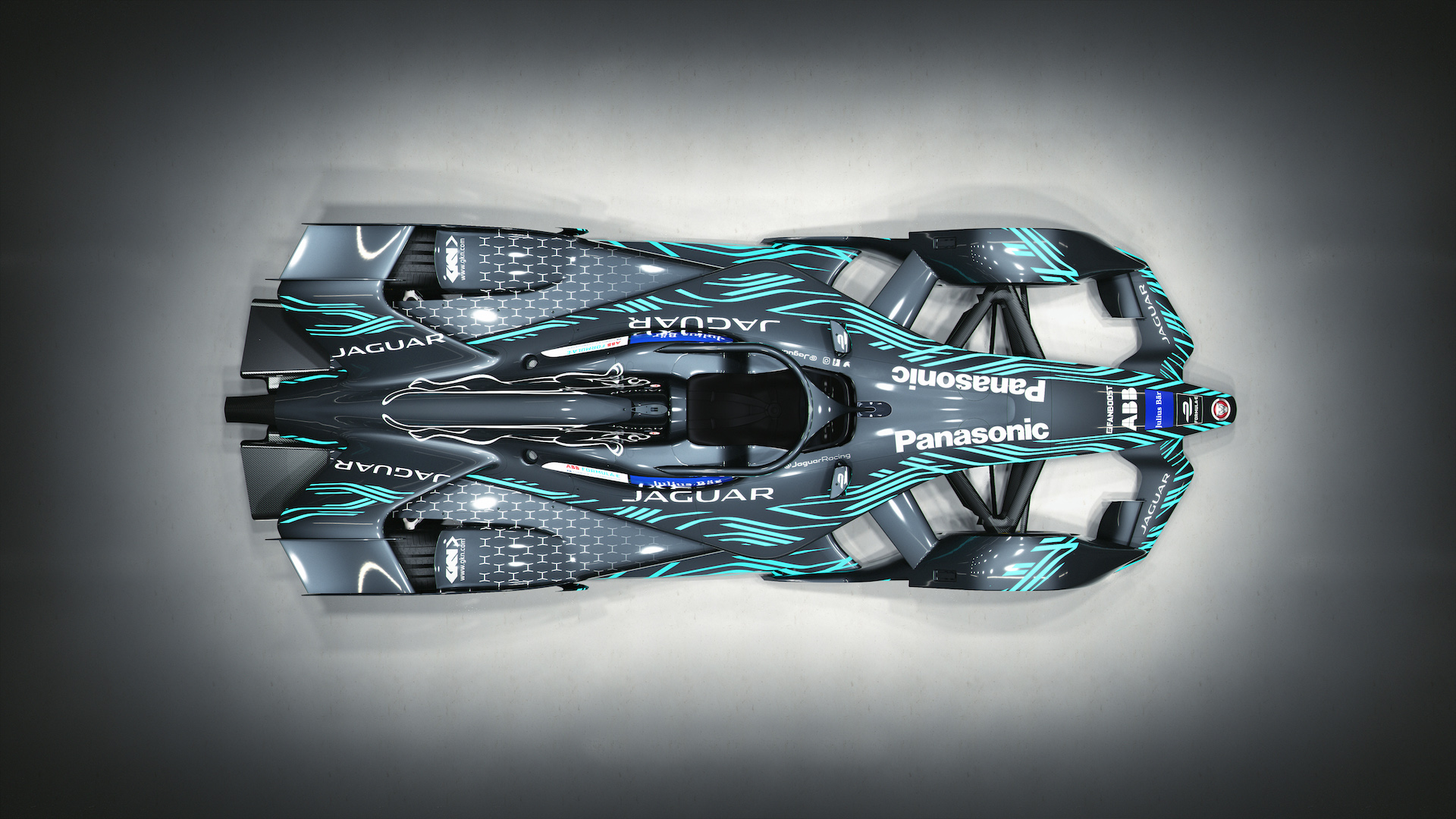

We may earn revenue from the products available on this page and participate in affiliate programs. Learn more ›
We have yet to see the second generation of Formula E cars race, but the sport’s organizers have their eyes on the horizon, focused on the sport’s third generation of cars, which may come as soon as 2020.
Toto Wolff, the head of Mercedes’s Formula 1 and Formula E programs, revealed these reported specifications in an interview with Welt, where he discussed the future of Mercedes’ motorsport programs, and the development trajectory of Formula E.
“What fascinates me about Formula E is not what it is today, but what will be the day after tomorrow,” stated Wolff to Welt. “Starting in the 2018-19 season, we’re going into the generation two vehicle with a car that is much more attractive than the current one, where the driver still has to change the vehicle because the battery is not enough for the entire race. With generation three in 2020-21 could come four-wheel drive, possibly 450 to 500 kilowatts. That’s what fascinates me.”
500 kilowatts is roughly equivalent to 670 horsepower. The upcoming second-generation Formula E car will lay down peak power of up to 250 kilowatts in qualifying, and 200 kilowatts in the race, or about 335 horsepower in qualifying, and 268 at race spec.
It is speculated that the new car can exceed 300 kph (186 mph) in the straights. This power output surpasses that of first-generation Formula E cars by a significant margin, which can only match the upcoming car’s 200 kilowatt race output in qualifying, and races with 150 kilowatts (201 horsepower).
The Drive reached out to Mercedes’ motorsports arm for verification of Wolff’s comments, and its communications lead Bradley Lord responded in kind.
“Toto’s comments about how a Gen3 car ‘could’ look was a general statement about the development of Formula E, not Mercedes-specific,” stated Lord in an email to The Drive. “It’s not a specific technological goal that we have or are pushing—the technological roadmap of FE is something for the series organisers to decide, together with the teams.”
“However, we are about to launch a road car with a total of 360 kilowatts of electric motor power with Project One—so I’m not sure that there would be any specific technological obstacles to achieving an output like 500 kilowatts, if this was indeed set as a goal and the appropriate development conducted.”
Power increases could add a layer of makeup to Formula E’s attractiveness to fans, which is upstaged by that of traditional open-wheel racing series such as Formula 1 and Indycar. Sound, however, may at no point be comparable, with most of the noise made by Formula E cars coming from the whining of transmissions’ straight-cut gears.
When the faster second-generation cars debut in the upcoming 2018-2019 season of Formula E, a total of seven major international automakers will field factory entries. Nissan, DS, Jaguar, BMW, Audi, Porsche, and Mercedes will all have a presence in Formula E next season.
Mercedes is so heavily invested in the series that it has cancelled its long-running DTM program in favor of Formula E, which will be supported by the brand’s successes in Formula 1 for the past four seasons. Should Mercedes’ Formula E program be a fraction as successful as its Formula 1 venture, we may see another one-sided racing series.
